Feliz Cumpleaños! Latino Birthday Cake Recipes & Traditions
- May 2022
- By Isabelle Banin
- Recipe from Everywhere Latino

Birthday cake is one of the stars (next to you) at cumpleaños celebrations, and we’re betting it’s one of the reasons you—and everyone who loves you—looks forward to your big día every year. Lighting candles, passing around pieces, keeping track of who wants extra icing and who does not), and the Mexican face-smashing tradition la mordida are pastel-centric ways we mark turning one year older. Plus, for the cooks in your familia, cumpleaños are the perfect time to flex those baking skills for a hungry, appreciative crowd.
We are biased, but Latino bizcochos are extra delicioso. From ultra-rich Dominican cake in vanilla (or chocolate, your call, birthday person!) to oh-so-lush tres leches, bienmesabe and borracho cakes, how does your family celebrate birthdays?
To inspire your birthday baking, here are the 4 most popular family-famous birthday cakes and flans at Familia Kitchen.
Before we get to the recipes, let’s first take a quick detour into birthday food anthropology. Because all of us here at Familia Kitchen love any excuse to dig into comida latina history! Here are just a few of the preguntas we’ve long had about cumpleaños food and feasting traditions.
Q: Who made the first birthday cake?
A long, long time ago, the ancient Romans were the first to throw birthday celebrations. But they were just for religious figures. And, we are sorry to tell you, these early bday parties did not include cake. (Our condolences, early Romans).
Cake starts making an appearance during the middle ages at children’s birthdays in Germany. Unfortunately for kids with a sweet tooth, the cakes were coarse and more bread than bizcocho. In the 1600s, cooks finally got around to baking layered cakes with icing and sweet fillings that look a lot like the decadent confections we crave today. But the ingredients in these fancy cakes wouldn’t be affordable or accessible to the general public for another 100 years.
Q: Why do we put candles on birthday cakes?
We have to thank the Germans for this cumpleaños tradition—again! (See above, first cake.) In the 18th century, the Germans started putting candles on birthday cakes—and we have been blowing them out ever since. The cake-candle pioneers, though, were the ancient Greeks, who decorated cakes with velas to worship the goddess Artemis.
Q: Why do we sing ”Las Mañanitas“ at birthdays in Mexico, Colombia and other Latino countries?
The origins of this celebratory song is murky, but this we know: the tune goes way back. (Before you read on, check out this version of the beloved birthday anthem by the legendary Vicente Fernandez.) ”Las Mañanitas” has been popular in Mexico since the end of its War for Independence, becoming part of the new Mexican identitad. Today, this canción is a must at Mexican cumpleaños. If you’re lucky, a mariachi band might even perform it for you. Versions of “Las Mañanitas” are popular throughout Latin America and also sung at other important celebrations. For example, it’s traditional to sing it in honor of the patron saint of Mexico, La Virgen de Guadalupe.
Q: Why do we smash the birthday person’s face into the birthday cake in Mexico?
La mordida, or “the bite,” is a birthday tradition with a bit of mischief. The family and friends of the lucky birthday person shove their face into the cake, while shouting “la mordida!” The birthday person then must take a bite of the cake without using their hands—which means their whole face usually ends up in the cake icing. The birthday person knows they will return the favor to their friends when it’s their birthdays, and the tradition generally results in lots of laughs and photos.
Q: When did breaking open piñatas become part of the Latino birthday fiesta?
Another unsolved mystery. There is no definitive proof of the first piñata’s origins. Different parts of the world lay claim to this candy-filled clay or papier-mâché birthday tradition, including Mexico, Spain, Italy, China and India. Here are two leading piñata-pioneer theories: The first points to an Aztec celebration that featured a clay pot decorated with feathers and filled with gifts. The second holds that piñatas were invented in China, and Marco Polo brought them to Italy. From there, the piñata tradition, which included hitting clay pots with sticks while blindfolded (sound familiar?), traveled to Spain and became associated with Lent. Unsurprisingly, from Spain the birthday custom voyaged to Mexico (or was already there, if both piñata origin stories are true!).
Q: Why do they pull on the birthday person’s ears in Argentina?
In many countries, including Argentina and Italy, friends and family look forward to birthday ear-pulling. Each ear tug celebrates one year of the birthday-person’s life, so this tradition may take a while depending on what birth year is being celebrated. How did this tradition come about? No one knows for sure, but here are two theories: people with longer ears are associated with having a longer life, and and possibly to keep the birthday person at the party longer!
Q: Why do they throw flour at birthdays in Colombia and Peru?
This popular birthday party prank is known as la enmaicenada. Celebrants throw maizena, which is corn starch (not flour), a thickener used in cooking and baking, on the birthday person. In some parts of Latin America, friends and family even pour cold water on the birthday person first, to ensure that the maizena will stick. Sometimes, eggs are thrown at the enmaicenado person after! Luckily, everyone’s in on the fun, making this a messy birthday tradition a ritual all attending can laugh about.
Q: Which is the history of the song ”Feliz Cumpleaños“ or ”Happy Birthday“ (both sung to the same tune?)
The classic ”Happy Birthday” song was created by two American sisters in Kentucky in 1893, and has been popular ever since. Translated into Spanish, Latinos started singing it at birthday fiestas (see also ”Las Mañaitas,” above). Luckily, the 1935 copyright of this canción only applies to the original arrangement, not to the tune itself, so sing ”Feliz Cumpleaños“ to your heart’s content, royalty free!
Has all this birthday talk made you hungry? Ready to bake? Here are some of the most popular cakes families make in Latin America for cumpleaños celebrations, according to the Familia Kitchen community.
Favorite Latino Birthday Cakes—Which Will You Make?
Dominican Cake
Submitted by Rose Rosario, Dominican Republic

Dominican cake is deservedly famous across el mundo for being light—yet decadently rich. The signature tangy, tropical and rich sabor of this Dominican cake is from the pineapple juice and the generous amount of butter and eggs in its batter. This lush cake deserves an equally wow topping. Luckily we have suspiro, a meringue frosting that pairs perfectamente. This double-delicioso combo is why Dominican cake is beloved globally. Vanilla is most traditional, but box mixes and recipes are avaIlable in chocolate too.
Tres Leches Cake
Submitted by Kathleen Squires, Puerto Rico
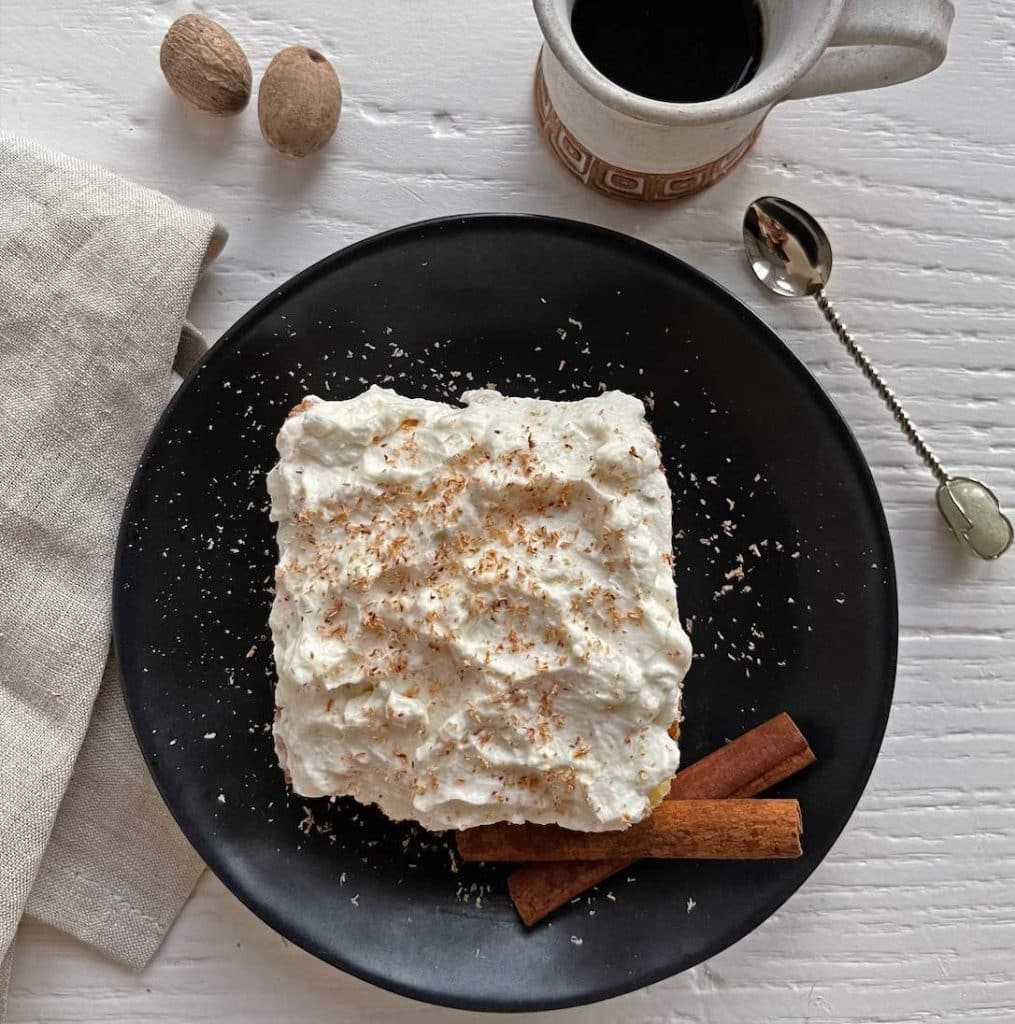
This sponge cake gains its luscious texture from three milk products—condensed, evaporated and fresh— and is topped with a fourth: whipped cream. Tres Leches originally comes from Nicaragua (thank you, Nicaragua), but is now popular throughout Latin America. Kathleen shares her Puerto Rican spin on this Latin American classic as she makes this family recipe from her husband Ronnie’s Boricua family.
Borracho Cake
By Leny González, Guatemala
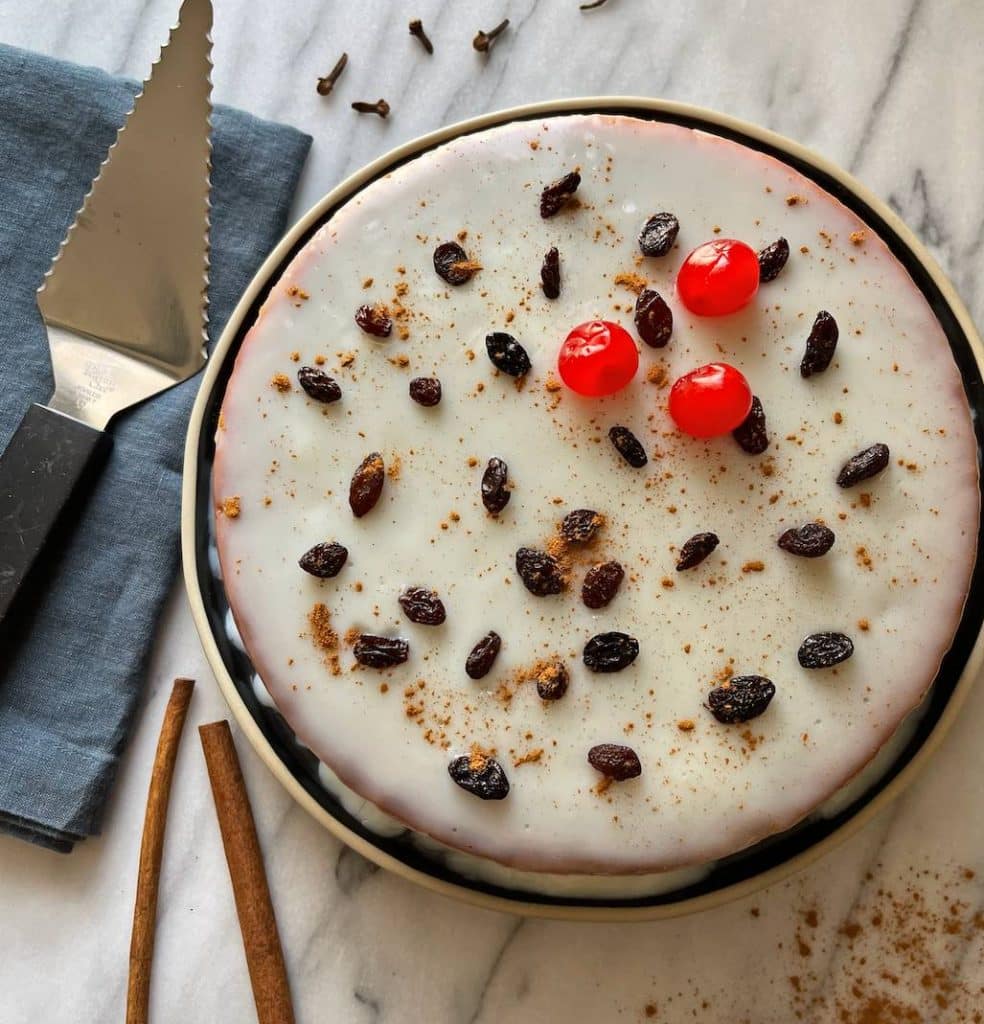
Borracho means “drunken,” and this cake lives up to its reputation! Once this beautiful cake is cooked and chilled, it lounges for two days in brandy—or rum-drenched syrup. In Leny’s home, everyone loves it when she makes it with fruit on top, though this cake can be customized to have any topping you prefer!
Bienmesabe Cake
Submitted by Liliana Hernandez, Venezuela
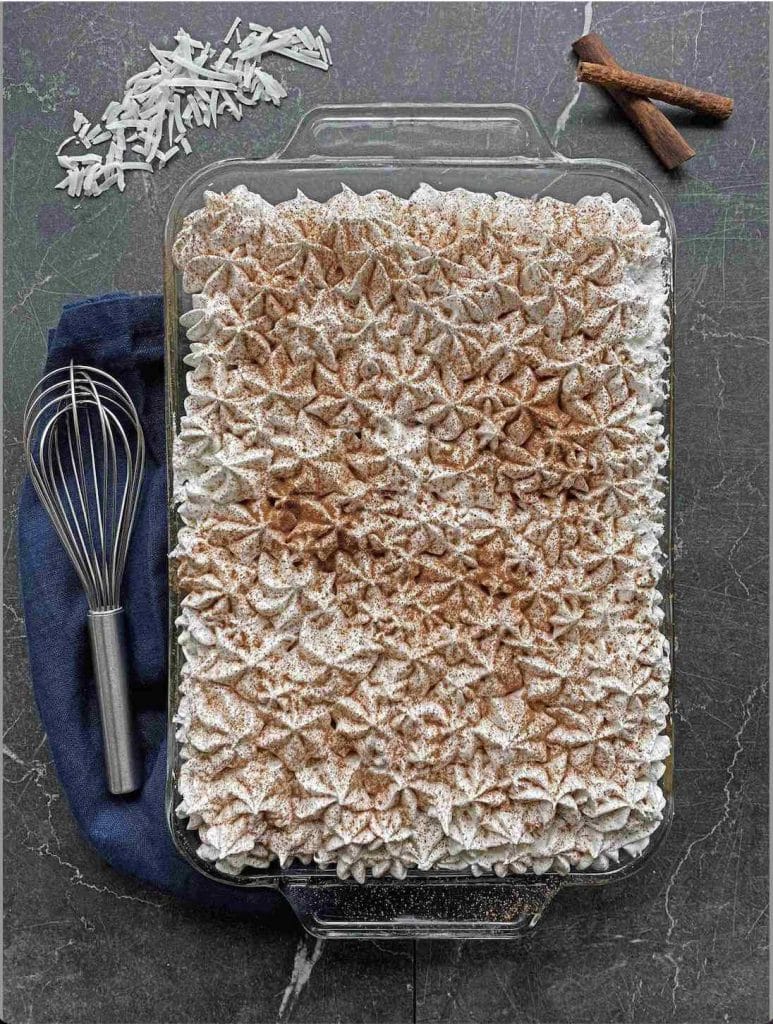
The creamy Venezuelan cake called bienmesabe is drenched in a creamy coconut syrup. Each of its layers is delicate, yet so moist and rich as well. It’s then topped with meringue and sprinkled with cinnamon. Some people add a touch of liquor like muscatel wine, cognac or sherry, Liliana says. However you make it, she adds, get ready for the oohs and ahhhs when you serve it at a cumpleaños party.
Flan de Leche
Submitted by Janeth Palacio Barrera, Colombia
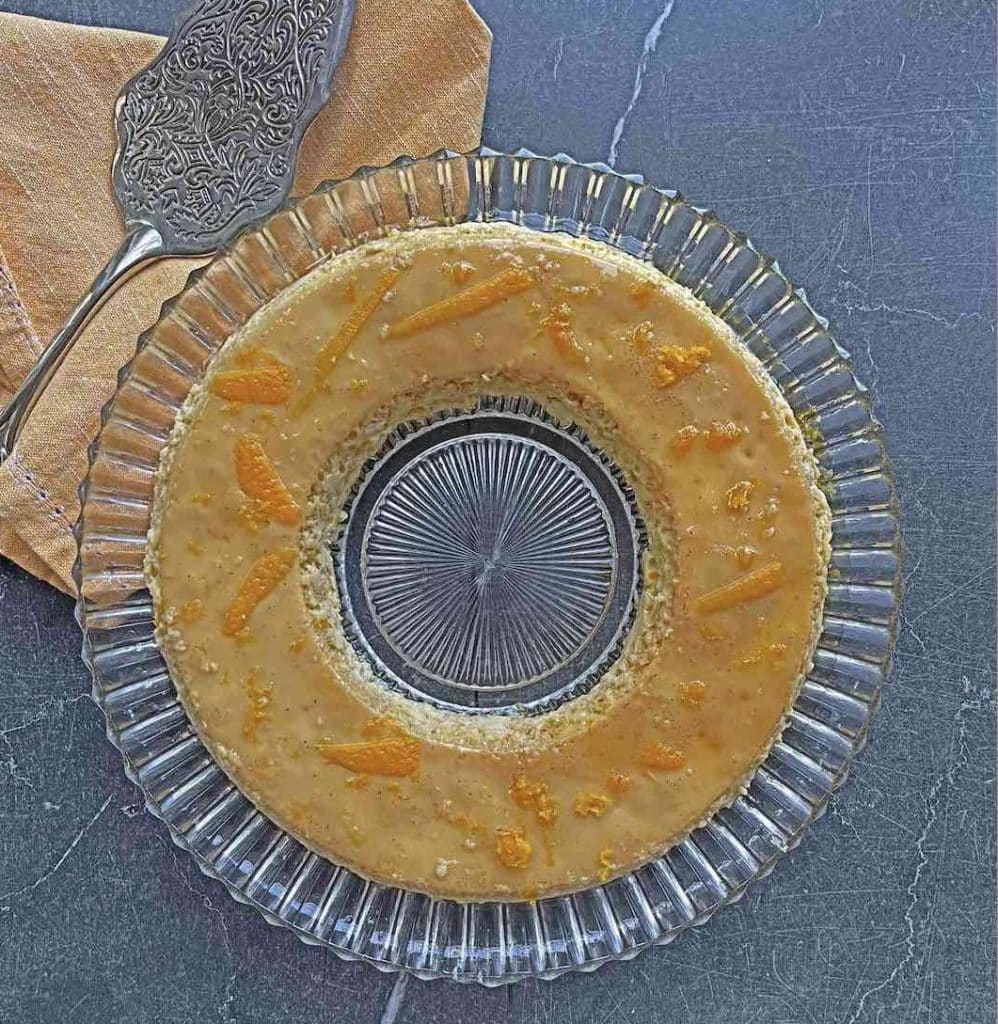
It’s not a cake, but flan is a baked delicacy prized year round in Latino households for its texture and creamy sabor. Cool in the summer, comforting in the winter. This dessert is also relatively easy to mix and bake, making it a reliably delicioso finale for all types of gatherings. Even though flan is a custard, not a cake, this flavorful, melt-in-your-mouth dessert will add festivity to any birthday.
Find more traditional recipes for your birthday feast—and every day of the year at Familia Kitchen.com!
MoreLike This


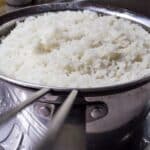
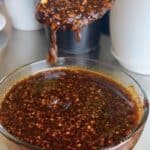
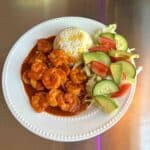

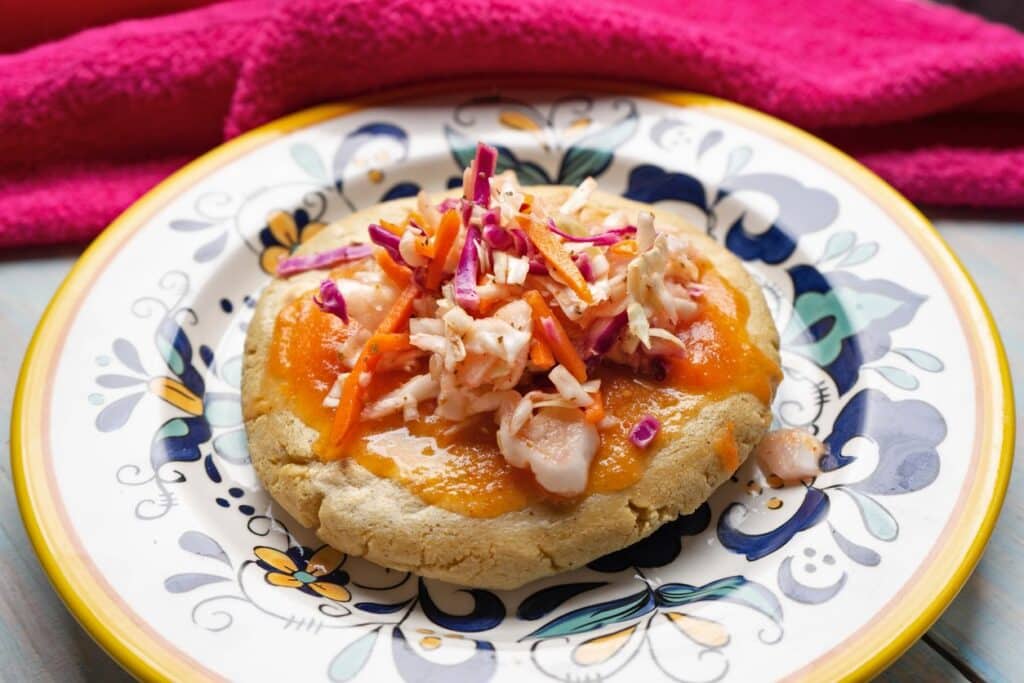
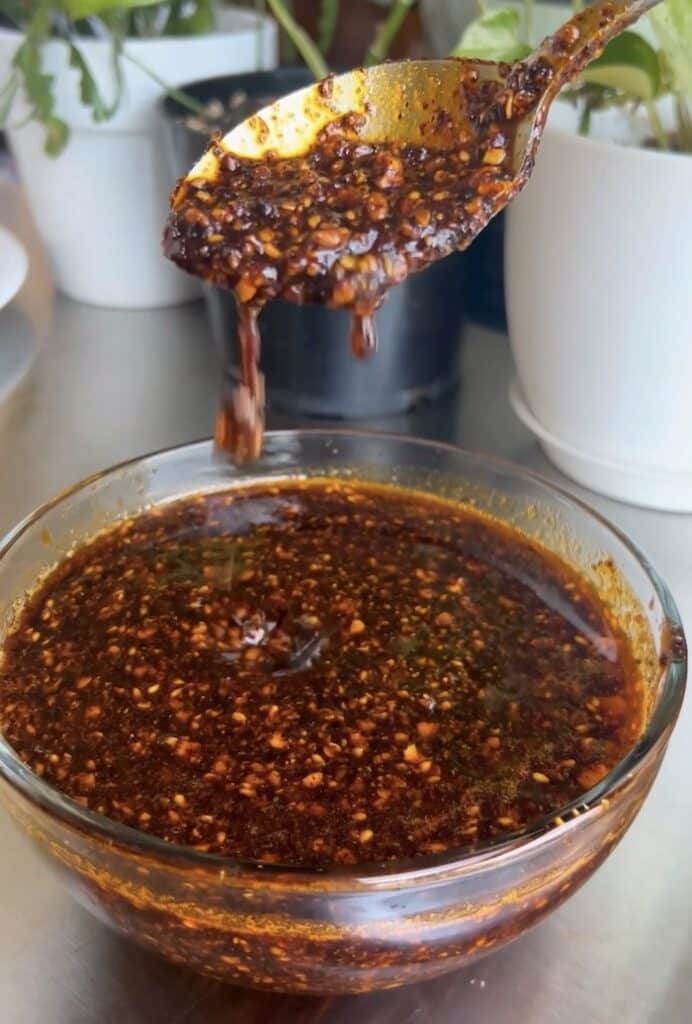
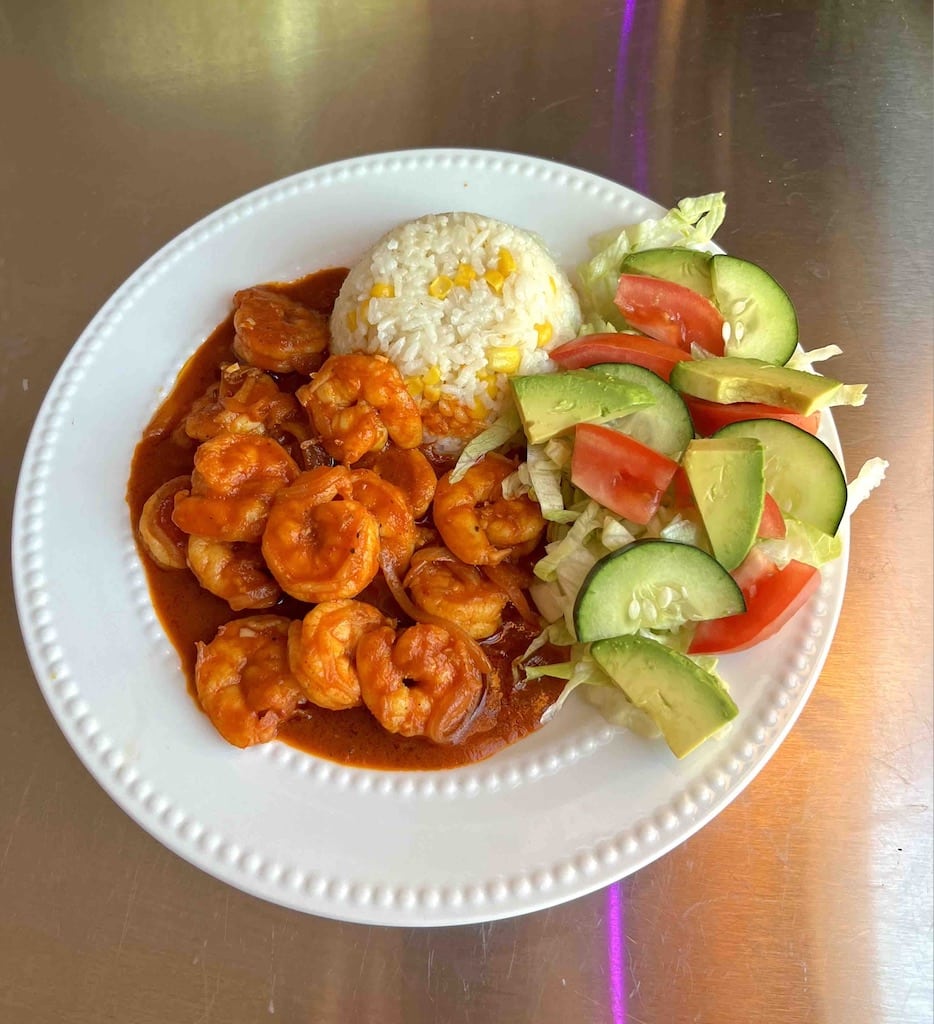
Got a question or suggestion?
Please rate this recipe and leave any tips, substitutions, or Qs you have!
Suggestions and questions from our readers
tres leches is my favorite!